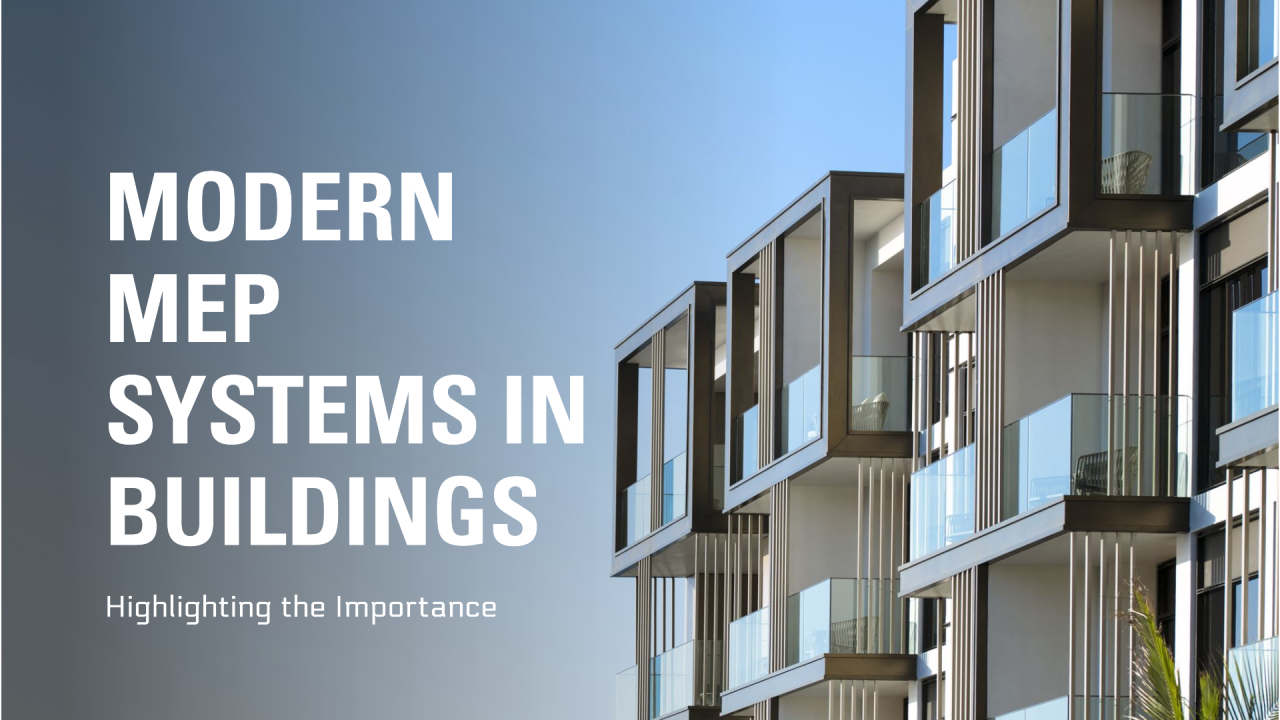.svg)
.svg)

In the ever-evolving construction industry, where innovation and sustainability are at the forefront, a crucial set of systems often goes unnoticed: Mechanical, Electrical, and Plumbing (MEP) systems. These hidden heroes play an essential role in transforming a mere structure into a functional, comfortable, and safe environment for occupants. At ABC Trainings, we understand the growing importance of MEP expertise in today's construction projects, and this blog delves deep into why MEP systems deserve more recognition.
Beyond Functionality: The Core Responsibilities of MEP Systems
Imagine a state-of-the-art hospital with cutting-edge medical equipment. But without a reliable MEP system, the equipment sits idle, the temperature becomes unbearable, and sanitation becomes a nightmare. MEP systems are the backbone of a building's functionality, ensuring the smooth operation of these critical aspects:
Heating, Ventilation, and Air Conditioning (HVAC): Maintaining comfortable temperatures and air quality through heating, cooling, and ventilation systems.
Fire Protection Systems: Sprinkler systems, smoke detectors, and fire alarms for occupant safety and damage control.
Power Distribution: Distributing electricity throughout the building to power lights, equipment, and appliances.
Lighting Systems: Providing adequate and efficient lighting for various tasks and activities.
Communication Infrastructure: Facilitating communication through phone lines, internet cables, and security systems.
Domestic Water Supply: Providing clean and safe water for drinking, sanitation, and various other purposes.
Sanitary Drainage: Efficiently removing wastewater and sewage from the building.
Waste Disposal Systems: Managing waste disposal with proper hygiene and environmental considerations.
The Evolution of MEP Systems: Embracing Efficiency and Sustainability
Modern MEP systems go far beyond just fulfilling basic needs. They are designed with a focus on energy efficiency and sustainability, incorporating cutting-edge technologies to reduce a building's environmental impact. Here are some key trends in MEP:
Real-World Examples of Innovative MEP Systems:
Apple Park - Cupertino, California:
Shanghai Tower - China:
The Growing Demand for Skilled MEP Professionals:
The increasing focus on energy-efficient and sustainable construction has created a significant demand for qualified MEP professionals. MEP engineers and technicians are responsible for designing, installing, maintaining, and troubleshooting these complex systems. They work closely with architects, structural engineers, and other construction professionals to ensure a building functions seamlessly. At ABC Trainings, we offer a comprehensive range of MEP training programs to equip individuals with the necessary skills and knowledge to thrive in this growing field.
Benefits of a Strong MEP Foundation:
Investing in a strong MEP foundation for your construction projects leads to several advantages:
Copyright © 2025 ABCTrainings - All rights reserved